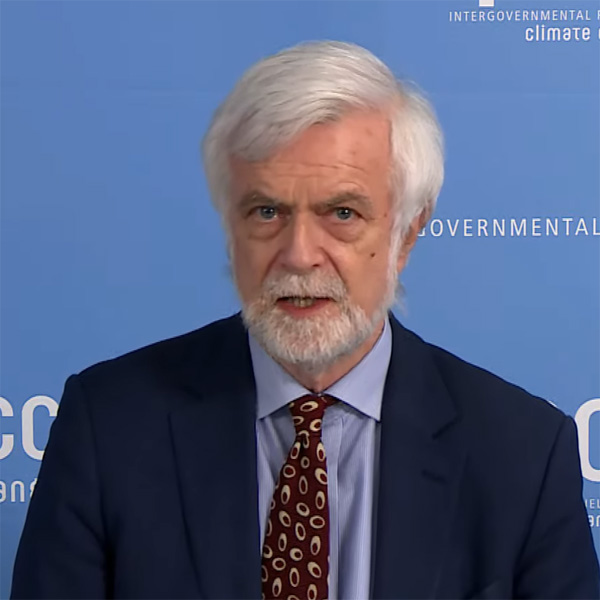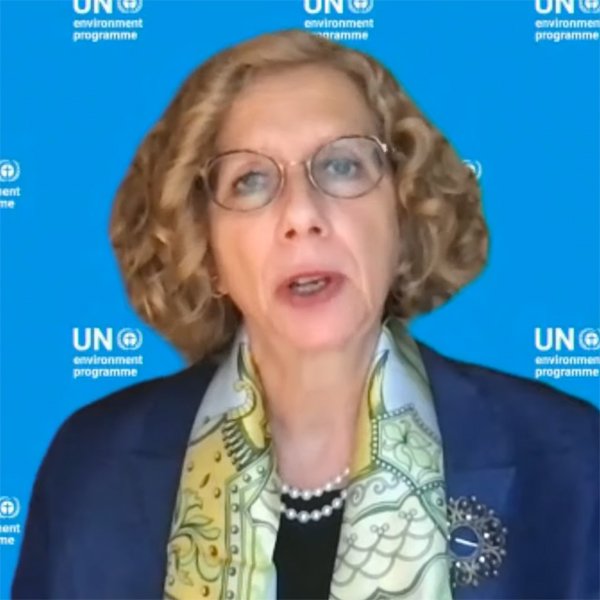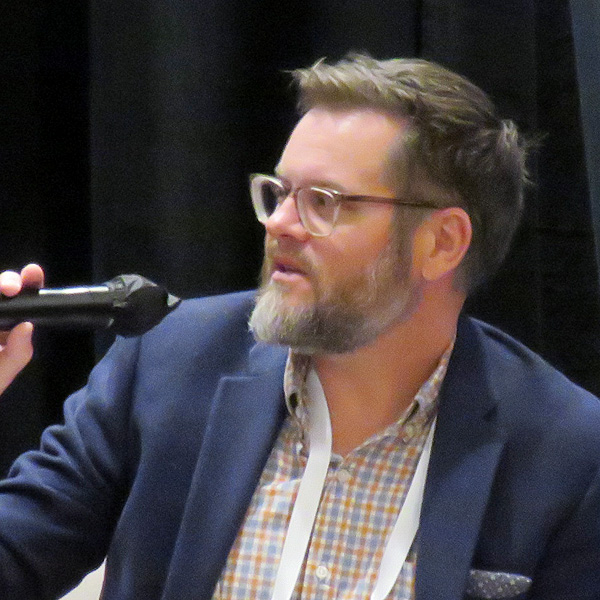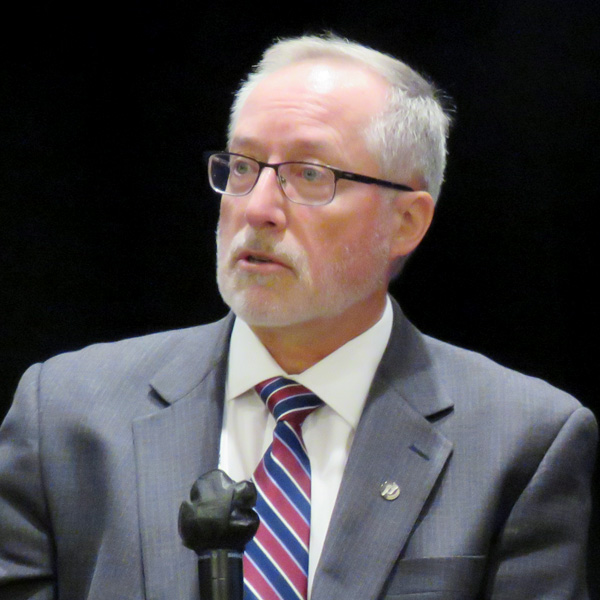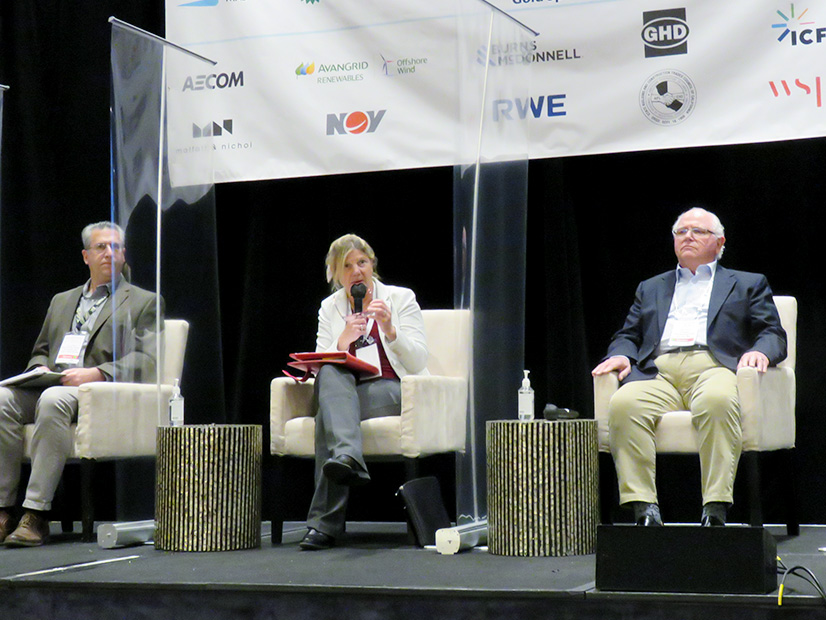A whistleblower report unveiled a long history of noncompliance and more than 100 violations of NERC reliability standards at Broad River Energy, SERC Reliability said in a settlement approved by FERC last week that carries a $435,000 penalty (NP22-11).
NERC submitted the settlement with Broad River to the commission in a Notice of Penalty on Feb. 28; FERC indicated in a filing March 30 that it would not review the settlement, leaving the penalty intact.
The settlement stems from multiple infringements of TOP-002-2.1b (Normal operations planning) and TOP-003-3 (Operational reliability data). SERC found that Broad River violated requirement R3 of the former standard — which requires load-serving entities and generator operators to “coordinate [their] current-day, next-day and seasonal operations with [their] host balancing authority and transmission service provider” — and R5 of the latter, dealing with the format and process of delivering data for real-time monitoring and analysis functions.
Broad River’s compliance issues first came to the attention of SERC as the result of an incident that occurred on July 16, 2018. The utility filed a self-report of the incident in November of that year, claiming to have learned of the issue through an anonymous call to the whistleblower line of IHI Power Services, one of Broad River’s contractors.
According to the self-report, Broad River’s BA called the utility to ask it to start one of the five natural gas-fired generating units at its facility in Gaffney, S.C. The utility’s control room operator tried to start Unit 5, but it would not start because of mechanical issues. While Broad River was able to meet the BA’s request by starting another unit, it did not inform the BA that Unit 5 had been taken offline for repairs because the operator “considered Unit 5 to be under troubleshooting and not unavailable as a definitive root cause had not been found.”
Repair work on Unit 5 continued into the night shift, with the BA still not informed that it was unavailable. An operator did not notify the BA of the outage until the following day, more than 24 hours after the problem was discovered, a violation of TOP-003-3. The unit was returned to service in the morning of July 20; Broad River’s self-report said management at the facility did not know it was unavailable until the IHI whistleblower call that day.
Additional Hotline Complaints
In its follow-up investigation, SERC requested IHI’s investigation records and the recording of its hotline call; the contractor provided neither of these, although it did give the regional entity a redacted copy of its investigation report completed in September 2018, which supported the version of events in Broad River’s self-report. However, in April 2019, NERC’s hotline received three anonymous complaints that the utility was “providing false and misleading information and was withholding evidence,” including of additional, unreported similar incidents.
With its suspicions aroused by these allegations, SERC conducted on-site interviews with staff from the facility who were present during the outage of Unit 5, as well as the plant manager at the time of the incident and the former plant manager. The RE found that personnel at the plant lacked knowledge of their reporting obligations under NERC’s reliability standards; in fact, there was “no formal TOP-002/TOP-003 compliance procedure or training for plant personnel” at the time.
SERC also reported finger-pointing between plant management and personnel about who had decided not to declare Unit 5 unavailable and report it to the BA. Both the plant manager during the incident and a predecessor claimed that this was the job of the control room operator; however, SERC found through plant operator logs and interviews that it was Broad River’s practice that “the control room operator contacts the plant manager and the plant manager makes the decision to declare and report a unit as unavailable to the BA.”
In light of these discoveries, SERC suspected that the 2018 event was not isolated and pressed Broad River for a more extensive review. Sure enough, the utility examined its outage logs from January 2016 to June 2019 and found 112 incidents (including the original reported one) where Broad River’s employees did not notify the BA that a generating unit was unavailable. TOP-002-2.1b requirement R3 was enforceable until March 27, 2017, covering 60 of the events; the rest occurred after April 1, 2017, when TOP-003-3 R5 took effect.
Moreover, the investigation found that Broad River received over $130,000 more than it should have during this time period because under its power purchasing agreement, it was paid “partially based on units that were available to run if needed.” This meant that it gained an economic benefit from violating the standards, though SERC acknowledged that considering the overall revenue Broad River received over the relevant years, the monetary “gain was nominal” and unlikely to have been a motive for the violations.
‘Complete Programmatic Failure’
SERC attributed the violations to “a complete programmatic failure [stemming] from a widespread problem with Broad River’s compliance program” that took the form of “vertical organizational silos” separating senior management at the utility from the third-party plant and asset managers at IHI, and plant management from compliance officials.
The RE said this split in management culture led to a lack of oversight of compliance practices from senior officials that amounted to “a culture of compliance that prioritized the PPAs over NERC reliability standards compliance and the reliability and security of the” bulk power system. Broad River also lacked appropriate operating procedures and controls, along with “robust relevant training for those responsible for compliance.”
Not only did the plant and asset managers violate TOP-003-3 and its predecessor on more than 100 occasions, they then tried to hide the extent of the violation from SERC by failing to file a self-report until after the whistleblower had spoken up and by not revealing the other infringements, which at the time of the whistleblower report had been ongoing for more than two years.
“Broad River’s plant and asset manager’s actions resulted in multiple follow-ups for purposes of evidence clarification, the need for on-site interviews with Broad River personnel, and additional data and information requests,” SERC said in the settlement. “The significant time it has taken to fully investigate this alleged violation could have been avoided had Broad River’s agents been fully forthcoming from the beginning.”
SERC said that Broad River’s violation posed a “serious risk” to grid reliability: Because Broad River’s BA depended on the availability information provided by the utility, the lack of data on outages to plant equipment could have led it to make “incorrect decisions and [take] incorrect actions to address real-time system conditions.” The fact that no harm has been attributed to the violation is no excuse, SERC said, because the plant and asset manager made no attempt to correct the issues, meaning they would have likely continued to pose a risk “for an unforeseeable amount of time.”
In addition to the monetary penalty, Broad River agreed to a long list of mitigating actions, which it reported completing on April 13, 2021. The first step in the utility’s plan was to change the operating company and asset management company, and to hire a new plant manager in 2020; the plant’s operation director, the plant manager at the time of the July 2018 incident and the vice president of asset management had already resigned the previous year.
Broad River also took a number of steps to educate personnel about the reporting requirements of NERC’s standards. These include a monthly review by the facility’s compliance manager to ensure operating personnel’s understanding of the requirements, monthly email reminders about the importance of accurate and timely reporting, quarterly reviews of control room logs, public posting of the requirements in the plant’s control room and enhanced training for the NERC compliance manager at the facility.
